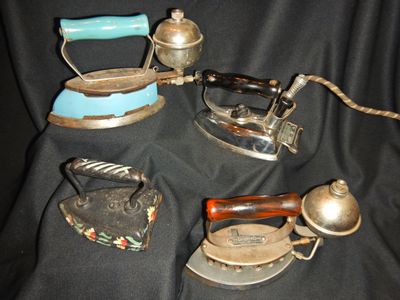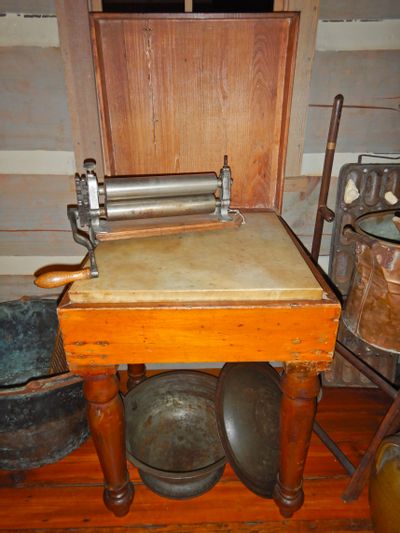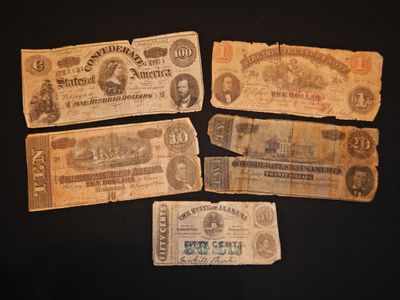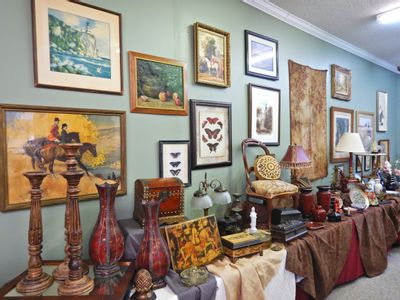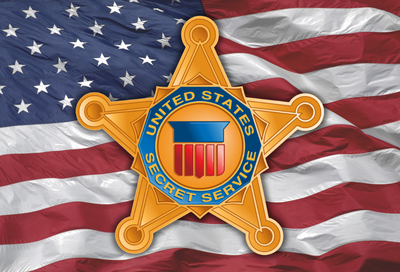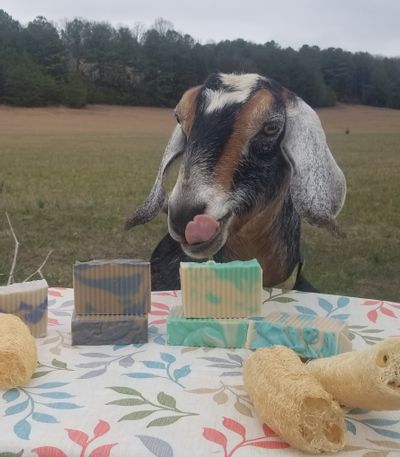The Swainson Family Painting, from England to Athens
Last Updated 2/8/2024
By Jubilee P. Reid

Originally published on December 14, 2023
In the Victorian Parlor at the McMinn County Living Heritage Museum, hangs an immense oil painting of five children and a dog. It is nine feet wide, over six feet tall and is enclosed within a heavy 9-inch-wide gilded frame. This incredible portrait was painted by an unknown artist in Lancashire, England around 1845.
The painting is labeled “The Children of Charles Swainson and Emma Sergeant of Frenchwood Hall, Preston, England.” Charles Swainson Jr. (1803 – 1855) and Emma Sergeant (1802 – 1857) were married in Lancashire, England on October 30, 1828. The eldest of their six children was Charles William Sergeant Swainson (b. 1831) who died as an infant. As was common at the time, his name was reused for the next son. The five children featured in the painting are: Charles William (b. 1832), Oswald Lister (b. 1833), Emily Frances (b. 1835), Catherine Harriet (b. 1836), and Edwin Sergeant (b. 1838).
The portrait is set outdoors and features either Charles or Oswald kneeling and clasping the arm of the other brother who stands holding a riding quirt and a cap. Emily is seated on the right of the painting with Catherine standing beside her. Edwin is seated in front with his right hand on the family’s dog which is perhaps an English Springer Spaniel. Such a large, detailed painting would have taken many months to complete, requiring the children to sit still for numerous hours.
The frame has cracks in the corner seams from drying and does not appear to be the original. The canvas may have been removed from the frame when it was shipped from England. The painting has darkened, especially around the edges, which is common for oil paintings of this age. It has been said that there was once a theft attempt resulting in damage along the top of the canvas, though this story has not been verified.
The home of the Swainson family was located in Preston, England, about an hour’s drive north of Liverpool and Manchester. The Industrial Revolution turned Preston into a thriving industrial town with cotton mills and the railway. Between 1801 and 1871 the population grew from nearly 12,000 people to over 83,000. The Swainson family gained their wealth through the mills; Charles’ grandfather, John, was a calico manufacturer, and his father, Charles Swainson Sr., was the head of Swainson, Birley, & Co. which operated a large mill known as the “Big Factory.” Charles Swainson Jr. continued the family tradition and was involved in the calico printing business. It was this wealth that allowed the commission of such an impressive painting.

The Swainson family lived in a large, two-story painted brick mansion named Frenchwood Hall, presumably from being situated on Frenchwood Knoll. Built in 1774 or earlier, it was originally a pair of connected houses with a slate roof and still stands today although it has been altered into four dwellings.
The Anglican St. Leonard’s Church, where all the Swainson children were christened and where several of the family are buried, still stands and is an active church in Walton-le-Dale, an English village dating to the Middle Ages. The tower and chancel were constructed in the 11th century. The rest of the current building was added on throughout the following centuries. St. Leonard’s is barely a mile from Frenchwood Hall, just across the River Ribble. The Swainson’s likely crossed the river on the London Road Bridge which was built in 1782 and was the closet bridge to Frenchwood Hall and the church. The bridge is still used for motor traffic today.
Charles Smith Swainson (1865 – 1933), the son of Emily (seated on the right in the painting), graduated from Oxford University, and emigrated to the United States around 1890. It is unusual for the time that the surname Swainson was passed down through a married daughter, but strangely it was. The painting was sent to the United States by ship around that time as part of his inheritance. He settled in Tellico Plains, Tennessee, and married Mary Catherine Caughron (1881 – 1969) in 1903. Charles S. Swainson was involved in many successful business ventures in Tellico Plains and became Vice President of Tellico Bank and Trust Co. He also donated land for the town’s cemetery, first school and First Baptist Church.
The painting remained in the home of Charles and Mary until their deaths when it passed to their son Charles Percy Swainson. On March 20, 1984, the painting was loaned indefinitely to the museum by Percy’s three children, Charles N. Swainson, Mary Heather West, and Carolyn Lloyd of Clarksville, Etowah, and Athens respectively. Due to their generous loan, the public can still view and enjoy this nearly 180-year-old enormous portrait.



